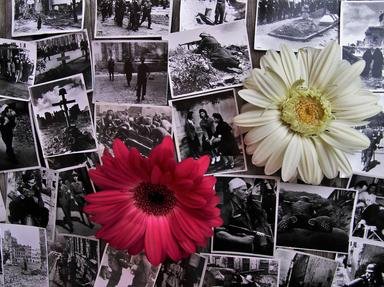
A World of Firsts Trivia Quiz
There's got to be a first time for everything. I'll give you the event and when it happened and you match it with where in the world it happened. Enjoy this wandering through the centuries of human ingenuity.
This is a renovated/adopted version of an old quiz by author aljamos
A matching quiz
by KayceeKool.
Estimated time: 4 mins.